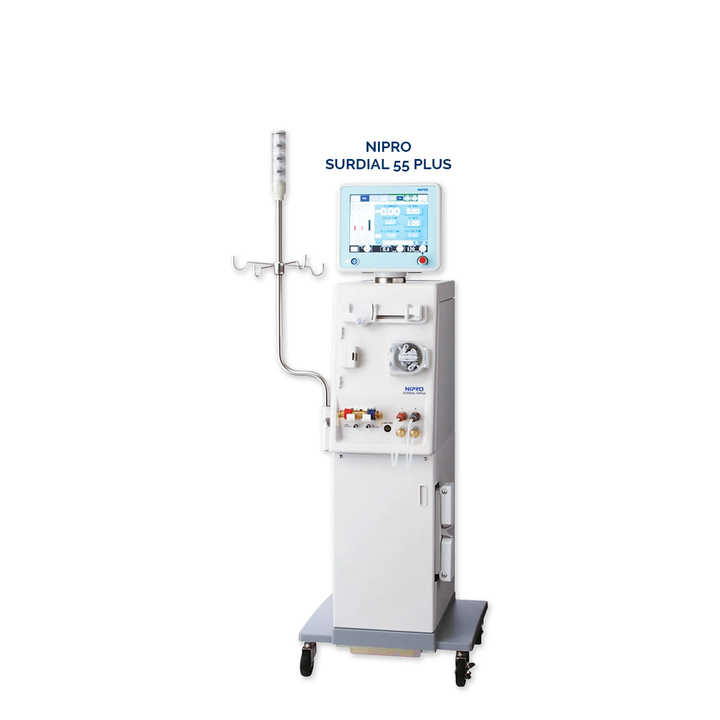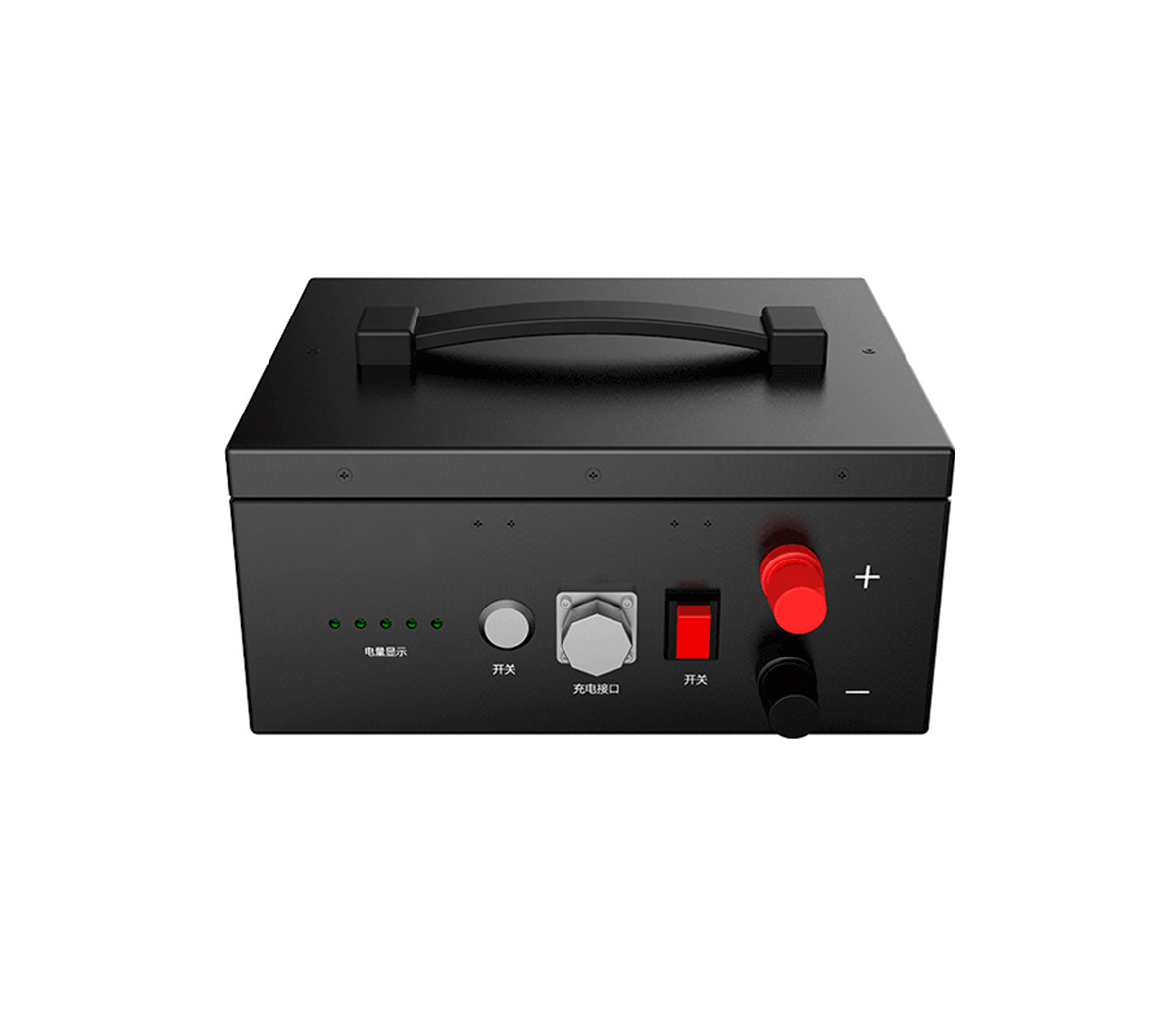As a new energy vehicle, electric vehicle has been accepted by consumers
and entered a period of rapid development. Compared with the already mature fuel
vehicle recycling system, the decommissioning and recycling system of electric
vehicles is immature, and the battery is the biggest "hidden danger": according
to statistics, in 2021, the total amount of discarded vehicle batteries in the
world will reach 100,000 tons, 94% of them are from China, which is not a small
number.
Most electric vehicles use lithium-ion batteries, which can overheat and
catch fire when exposed to high temperatures or penetrated, releasing carbon
monoxide and hydrogen cyanide that are very harmful to human health. In
addition, waste batteries can also cause water pollution and inhibit the growth
and reproduction of aquatic organisms and other potential dangers. Therefore it
must be recycled.
In addition to reducing environmental pollution and reducing the
environmental damage caused by chemical elements in the battery, the rational
use of retired lithium batteries for electric vehicles will bring new economic
value. The simplest example: after the outbreak of the new crown epidemic in
2020, the international cobalt mining capacity has declined seriously, coupled
with the limited international logistics, the price of lithium-ion battery
materials has increased dramatically: battery-grade lithium carbonate materials
have risen from $10,000/ton to $80,000/ton.
Against this backdrop, the regenerative value of rare metals such as
nickel, cobalt, and manganese in retired batteries for electric vehicles stands
out: up 95 percent in the first three months of this year. Lithium battery
manufacturers can master the source of raw materials through recycling and
reuse, which can ultimately ensure stable supply and stabilize market
prices.
In SES Power's view, recycling is actually the final use of retired lithium
batteries for electric vehicles, and it cannot fully utilize it. scene, can not
be reused directly into recycling. The so-called cascade utilization is to
continuously "degrade" the battery until the last trace of its value is
drained.
At present, various recycling manufacturers mainly conduct physical sorting
of used batteries through mechanical disassembly. In the proper recycling
channel, after the retired electric vehicle lithium battery meets the echelon
utilization conditions after being evaluated and judged, it will basically have
the following uses:
A: Lithium batteries with large capacity and obviously long cycle life are
generally used to build energy storage systems such as solar power generation
and wind power generation, which can reduce the cost of power generation to
about 50% of that of new lithium batteries.
B: Lithium batteries with low capacity and poor remaining cycle life can be
used in scenarios where battery life and frequency of use are not so high, such
as mobile energy storage, golf carts, shuttles for commuting in parks, and AGV
autonomous transportation in factories car etc.
C: There are also some lithium batteries with low capacity and close to the
end of their cycle life, which can be used in low-frequency scenarios such as
communication base stations and backup power sources. The most obvious example
is that around 2018, China Tower has stopped the procurement of lead-acid
batteries, and unified procurement of batteries for cascade utilization. In
2019, China Tower is expected to use about 5GWh of cascade utilization
batteries, replace about 150,000 tons of lead-acid batteries, and consume more
than 50,000 tons of retired power batteries.
D: If the lithium battery has been damaged, the capacity is seriously
insufficient, or there are other serious performance problems, we can only turn
it into recycling, and recycle the valuable metals, electrolytes, plastics, etc.
in the battery, and remake them into batteries or Raw materials for other
products.
A car lithium-ion battery can contain 8 kilograms of lithium, 35 kilograms
of nickel, 20 kilograms of manganese, and 14 kilograms of cobalt, all of which
are very valuable metal elements.
However, the first difficulty of recycling waste electric vehicle batteries
is the high cost. In the United States, the Department of Energy wants to spend
$500 million to strengthen the development of electric vehicle battery
manufacturing in the United States, while the recycling and reuse of used
batteries will cost $60 million.

Why is it so expensive? This is because the design of the battery is too
complicated, and the standards are inconsistent, and the dismantling, grading
and reorganization work after recycling is very difficult and complicated. More
importantly, the actual economic benefits of recycling are not as high as
imagined. Of course, we are referring to when the market price is stable, not
when the price is extremely high now: the recycling cost of a ton of lithium
phosphate battery is about 1200 US dollars, and after purifying the metal
through a series of processes, the market value obtained is only It's around
$1,300, and there's basically no profit to be made.

However, aren't there also important metal elements such as cobalt, nickel,
and manganese? Yes, these metals can be said to be behind high profits. But
don't forget that cobalt is toxic, and a little improper operation can easily
cause secondary pollution or even cause an explosion, so it needs to invest in
specialized technical equipment and technicians, so the initial cost is not
cheap.
At present, the echelon utilization rate in China is only 37%, which is far
from the optimal market allocation. China is currently the world's largest
producer of lithium batteries, and of course it needs to lead the industry in
battery recycling. At present, China intends to establish a set of unified and
standardized procedures, and strive to create a battery structure that is easy
to disassemble from the source development stage.
This requires automobile manufacturers to establish files for each new
energy vehicle product throughout the product life cycle to track and record the
recycling of power batteries; in addition, the Chinese government will also
formulate lithium battery recycling standards, requiring recycling companies to
comply with national, Industry standard for dismantling, storage, dismantling,
testing and recycling of used power batteries.
SES Power focuses on customized lithium batteries. Our focus is on lithium
battery energy storage systems, such as 12V100Ah, 12V200Ah, 24V100Ah, 24V200Ah,
36V100Ah, 48V50Ah, 48V100Ah and other lead-acid replacements using square
aluminum-shell lithium iron phosphate cells , Wall-mounted home energy storage,
portable home energy storage, 12V30Ah, 12V50Ah, 12V60Ah car starter batteries
with high-performance lithium batteries (maximum peak current up to 1500A),
lithium battery systems normally used in -40 ℃ environment and other special
customized lithium batteries. However, many customers are very concerned about
cost performance, so SES Power, under the principle of not reducing safety
performance to reduce costs, conducts in-depth research on the real scenarios
and real needs of customers, and strictly follows the principles of echelon
battery utilization, making SES Power's customized lithium on the basis of
guaranteed performance, the ion battery pack fully meets the needs of customers
who are picky about prices.
Of course, this requires us to have a very rich knowledge of lithium
batteries and system integration capabilities to be perfectly competent:
Generally speaking, after the battery cells are tested and classified, SES
Power's engineers will conduct a preliminary classification of the lithium
batteries with better quality according to the above classification. Afterwards,
R&D engineers will select suitable models and individuals from these graded
batteries according to customer needs and application scenarios, and finally a
professional lithium battery assembly line will perform the final pack
assembly.




































